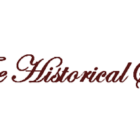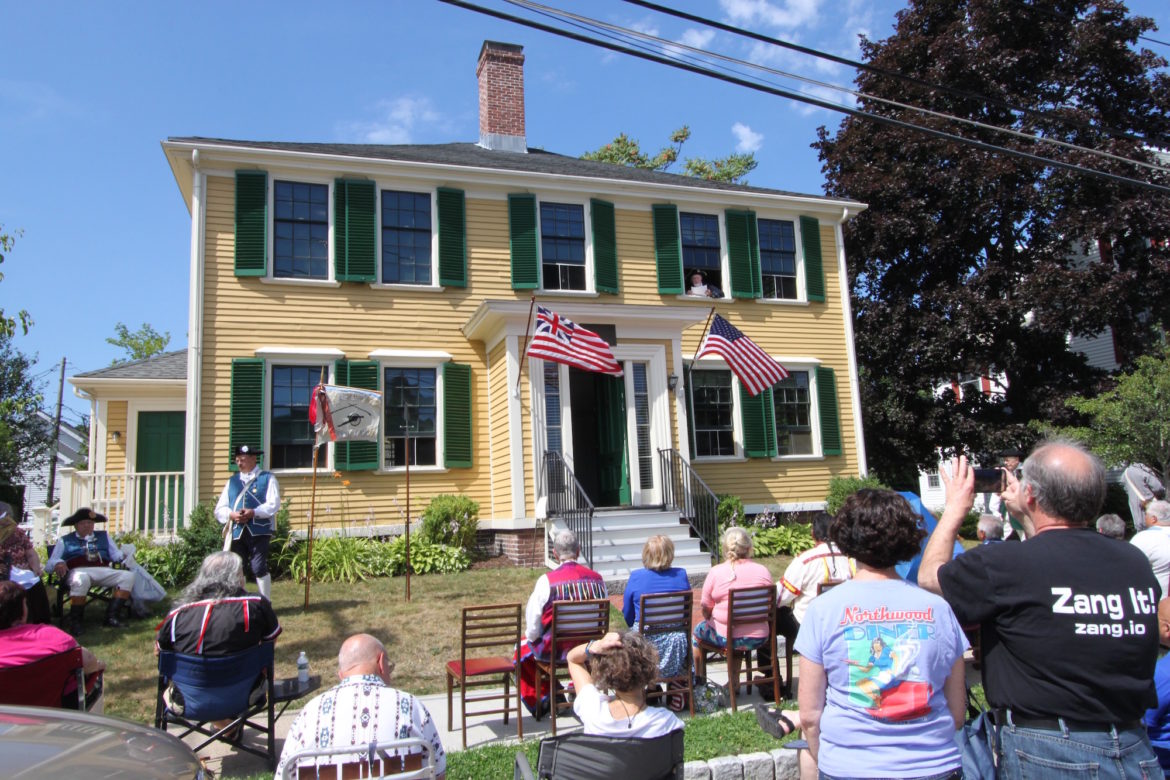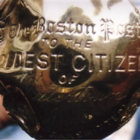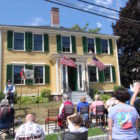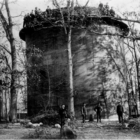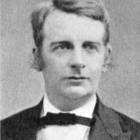Around Town
Our History: Watertown Was Home to Two Dairies
|
Woodland Dairy wagon (photo courtesy of the Watertown Free Public Library)
The following story was written by Sigrid Reddy Watson Terman for the April 2010 Historical Society newsletter, “The Town Crier.” Sigrid is a former Board member and former President of the Historical Society, as well at a former Director of the Watertown Free Public Library. For several years starting in 1997, she wrote a Watertown history column for the Watertown TAB/Press called “Echoes.”
WATERTOWN’S DAIRIES SUPPLIED SURROUNDING TOWNS
I’m sure many of you Watertown history fans remember the “Echoes” column that Sigrid Reddy Watson wrote for several years for the Watertown TAB/Press beginning in 1997. Ms. Watson was the Director of the Watertown Free Public Library from 1971-1989 and President of the Historical Society of Watertown from 2001-2003. Ms. Watson’s weekly column was about Watertown history. She covered subjects includingWatertown during the Revolution, the Arsenal, women’s suffrage, the Fowles, renowned localpeople and buildings and houses, our many ethnic groups, the industries that made Watertown aplace to settle in during the 19th and early 20th centuries, and many other subjects.

